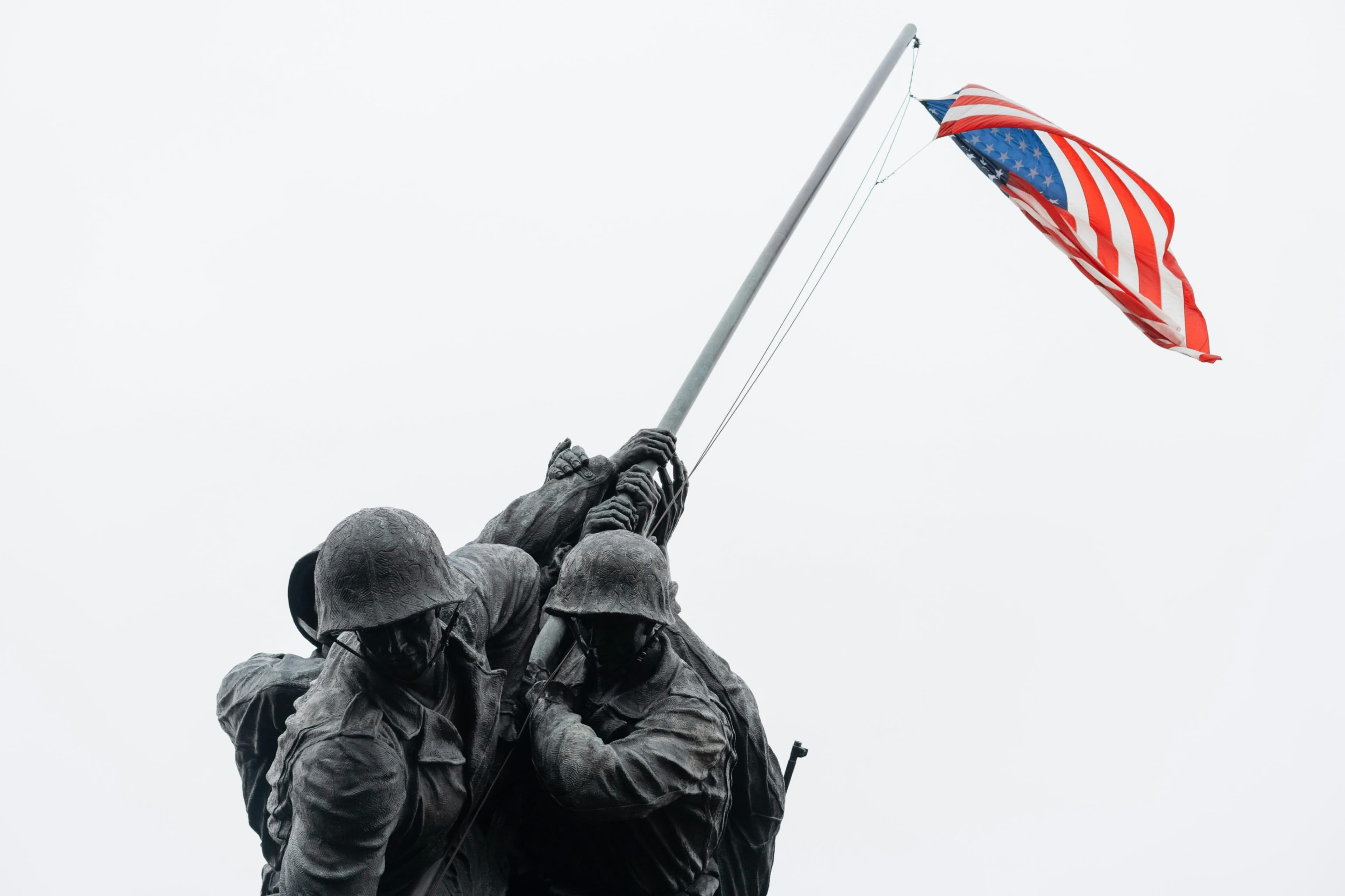
Structured Feedback: What Civilian Leaders Can Learn from Army Counseling
One of the most effective feedback mechanisms in the Army is structured performance counseling. From the first-line supervisor to the battalion commander, counseling is not optional - it's required, scheduled, and documented. These sessions aren't limited to reprimands; they focus on both strengths and areas for development. Soldiers receive initial counseling within the first 30 days of assignment to a new job, followed by periodic sessions that review specific goals, performance metrics, and behavioral expectations. These conversations are guided by templates and doctrine, such as DA Form 4856, which ensures consistency and clarity across ranks and units1.
Civilian government agencies can adopt similar systems by institutionalizing periodic feedback tied to measurable objectives. Too often, performance reviews in city departments are infrequent, vague, or overly focused on compliance rather than development. By contrast, Army-style counseling creates a mutual understanding between supervisor and employee about what success looks like. It also builds trust over time, making it easier to discuss shortcomings without triggering defensiveness. When feedback is expected, routine, and framed as a tool for growth, it becomes less threatening and more actionable2.
After Action Reviews: Learning Without Blame
Another key feedback tool used widely in the military is the After Action Review (AAR). Conducted after training events, missions, or major projects, AARs are structured discussions that answer four key questions: What was supposed to happen? What actually happened? Why did it happen that way? And how can we improve? These sessions include everyone involved, regardless of rank, and create a shared space for reflection, learning, and continuous improvement3.
Unlike typical debriefs in civilian organizations, AARs are not about assigning blame. They focus on systems, processes, and team dynamics, not just individual performance. Municipal departments could benefit greatly from adopting this habit. For example, after a major snowstorm response or a public safety incident, holding a cross-functional AAR could help identify what went well and what needs refinement. The key is making these reviews part of standard operations, not just one-off events. When people know that every project will end with a candid, structured review, it sets the expectation that learning is an ongoing part of the job4.
Normalizing Feedback to Build Trust and Resilience
One of the biggest lessons I carried from my Army experience into civilian leadership is that feedback should be normalized, not dramatized. In the military, feedback is so routine that it becomes part of the daily rhythm. Soldiers get used to hearing both praise and correction in a matter-of-fact tone. This desensitizes the process - in a good way. It removes the emotional charge that often comes with criticism in civilian settings. For public agencies, this means creating a culture where feedback is expected and welcomed, n
Read-Only
$3.99/month
- ✓ Unlimited article access
- ✓ Profile setup & commenting
- ✓ Newsletter
Essential
$6.99/month
- ✓ All Read-Only features
- ✓ Connect with subscribers
- ✓ Private messaging
- ✓ Access to CityGov AI
- ✓ 5 submissions, 2 publications
Premium
$9.99/month
- ✓ All Essential features
- 3 publications
- ✓ Library function access
- ✓ Spotlight feature
- ✓ Expert verification
- ✓ Early access to new features
More from Military
Explore related articles on similar topics





